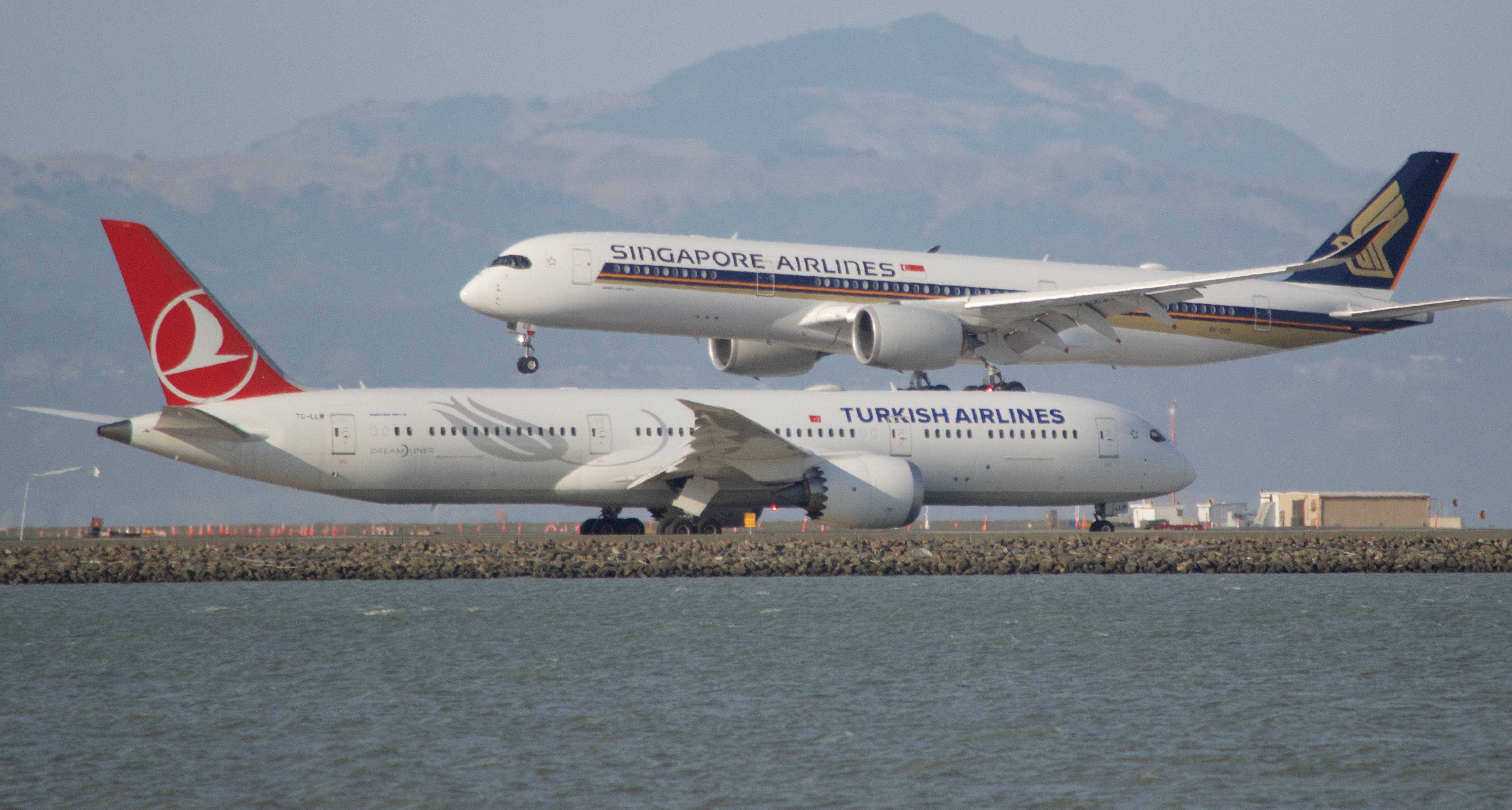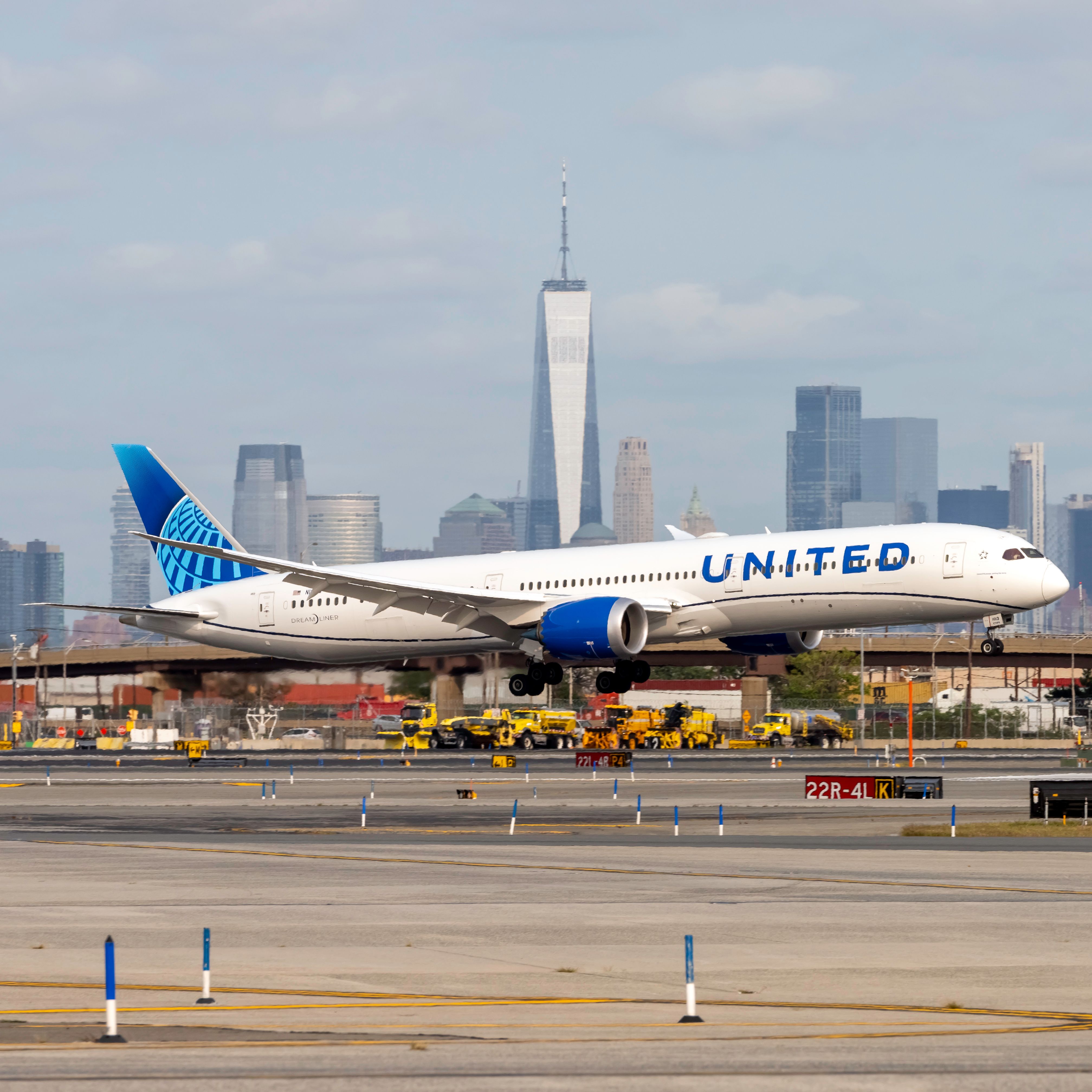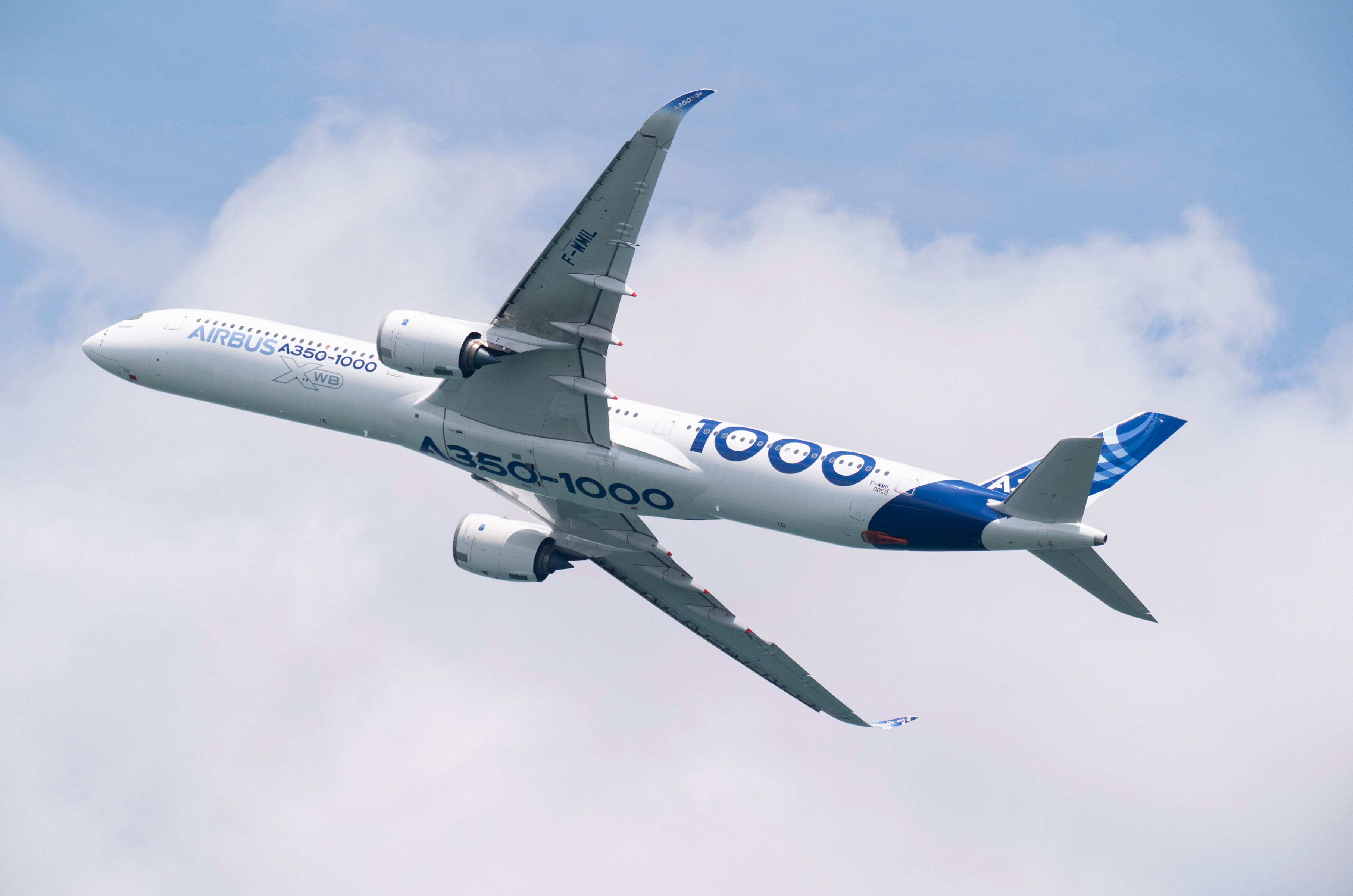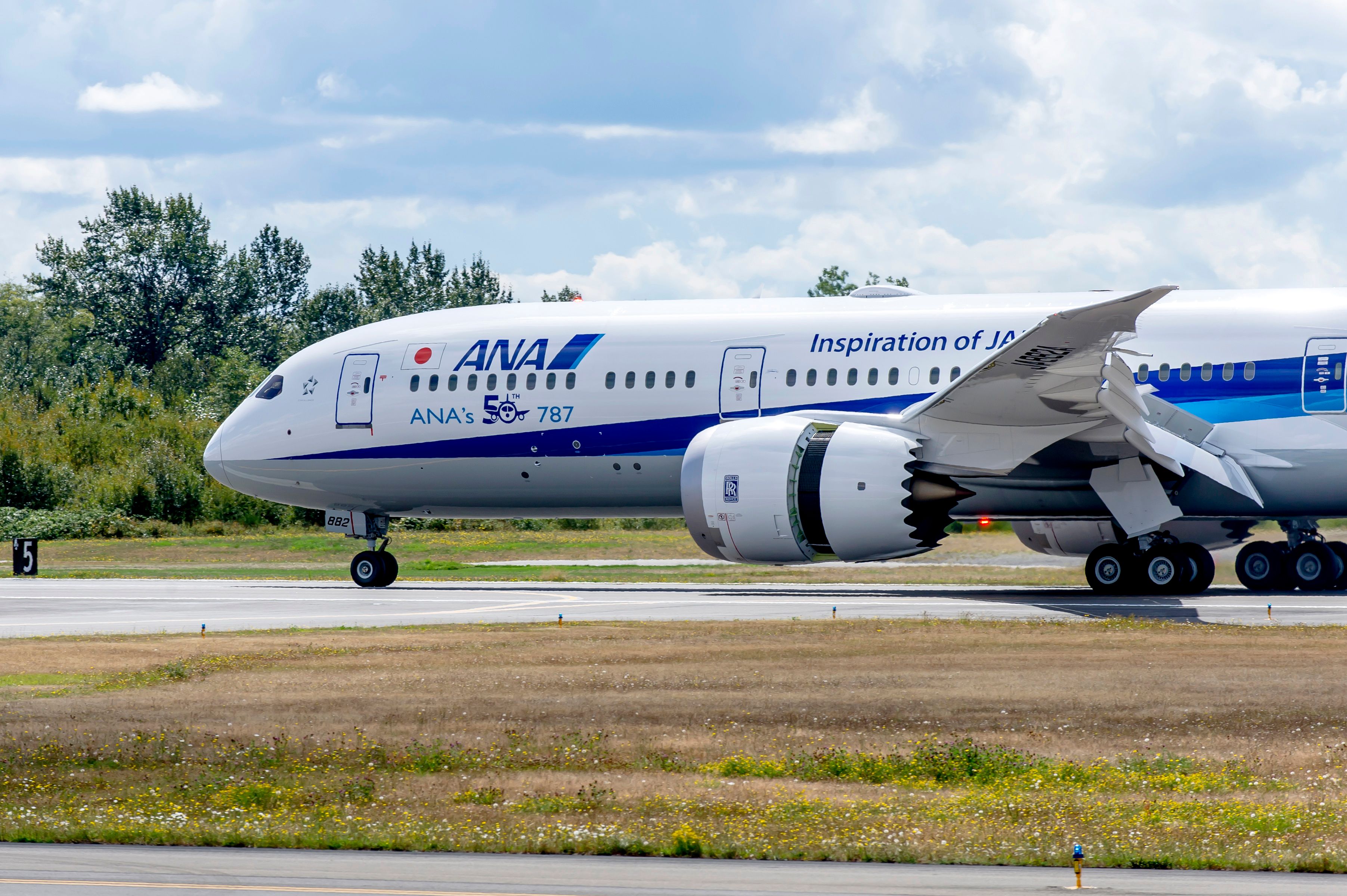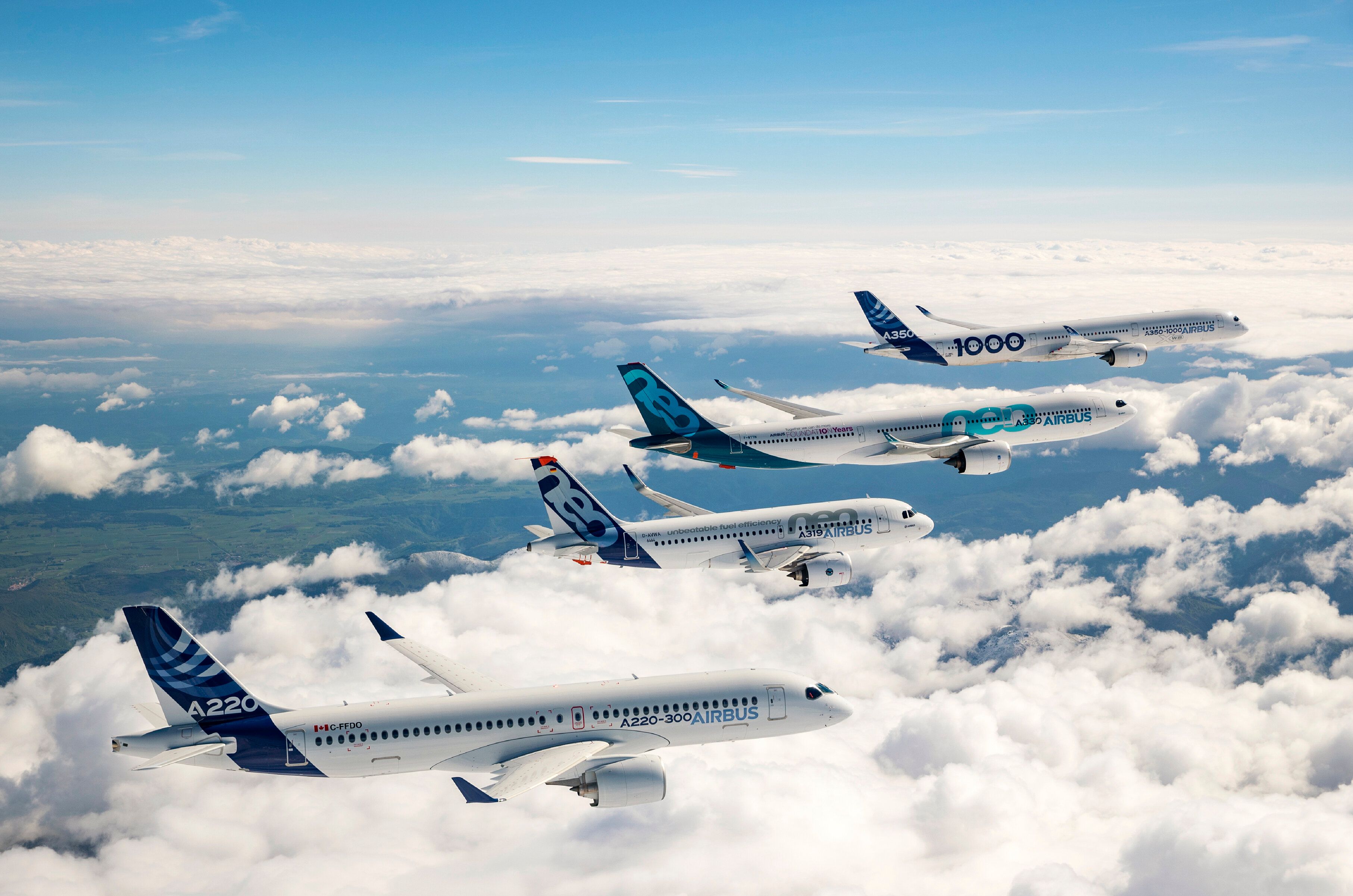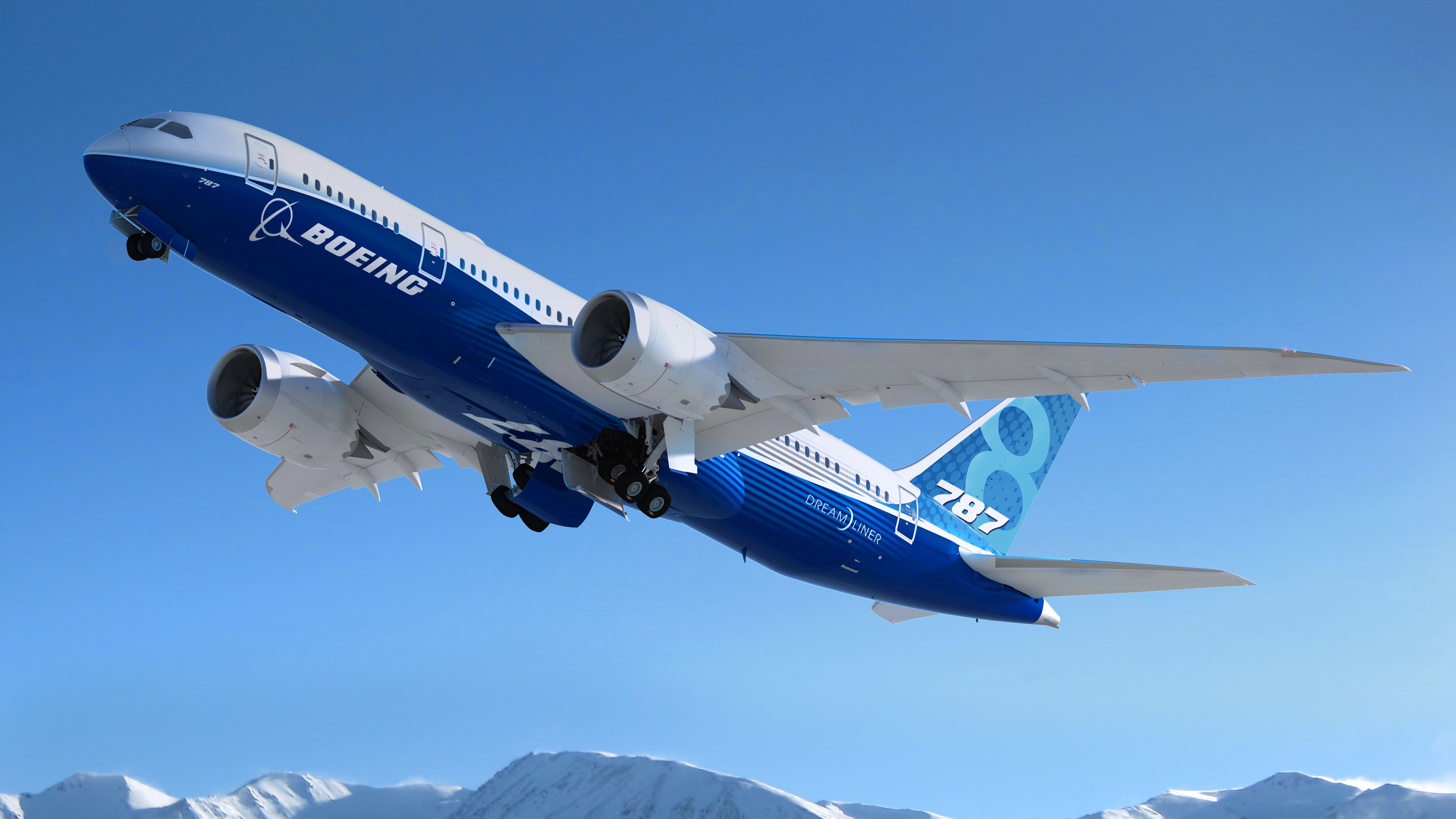This century has been dominated by two flagship widebodies, the Boeing 787 and Airbus A350. Built with new components, carrying the most efficient engines, and with exceptional range, they represent the best of innovation from both planemakers. So which plane is best?
As we compare the two jets, it is notable that they weren't built as direct rivals. The 787 looked to redefine point-to-point long-haul travel by offering a long-range, medium-capacity aircraft, while the A350 is positioned as a higher capacity aircraft, meant to challenge existing twin-engine widebodies. However, the pair have been rivals for some time now, so let's dive in.
How will we compare the planes?
We will rank the two planes on several different key factors such as capacity, range, fuel burn, cost, and so forth. We will think from the mindset of an airline, where business and profit are key. Whilst one of the planes might have a cool feature, unless it makes an improvement financially, then it will be ignored. This includes items like mood lighting, which is fantastic for passengers but doesn't really impact the bottom line (both the 787 and A350 have great mood lighting onboard).
We will also be comparing the latest versions, the 787-10 vs A350-1000. The smaller 787-8 is more in competition with the A330neo and would not be suitable against the A350. Some might suggest it better compare the Boeing 777X and the Airbus A350-1000 as that is a more accurate match, but as the 777X is yet to enter service, it would not be a fair test.
Get the latest aviation news straight to your inbox: Sign up for our newsletters today.
Airbus A350-1000 vs Boeing 787-10
Let's compare them head to head with the raw numbers:
Model | Airbus A350-1000 | Boeing 787-10 |
Cockpit crew | Two | Two |
Seating, 2-class | 366/369 (54B + 315Y) | 330 (32B + 298Y) |
Max capacity | 480 | 440 |
Overall length | 73.78 m / 242.7 ft | 68.28 m / 224 ft |
Wingspan | 64.75 m / 212.43 ft | 60.12 m / 197 ft 3 |
Overall height | 17.08 m / 56 ft 0 in | 17.02 m / 55 ft 10 in |
Fuselage | 5.96 m / 19.7 ft width, 6.09 m / 19.98 ft height | 5.77 m / 18 ft 11 in width, 5.94 m / 19 ft 6 in height |
Cabin width | 5.61 m / 18 ft 5 in | 5.49 m / 18 ft 0 in |
Fuel capacity | 158,791 L / 41,948 US gal | 126,372 L / 33,384 US gal |
274,808 lb / 124,651 kg | 223,673 lb / 101,456 kg | |
Cargo capacity | 44 LD3 or 14 pallets | 40 LD3 or 13 (96×125) pallets |
Speed (Cruise + Max) | Cruise: Mach 0.85 (488 knots; 903 km/h) Max: Mach 0.89 (513 kn; 950 km/h) | Cruise: Mach 0.85 (488 knots; 903 km/h) Max: Mach 0.90 (516 kn; 956 km/h); |
Range | 15,600 km / 8,400 nmi | 11,910 km / 6,430 nmi |
Takeoff (MTOW, SL, ISA) | 2,600 m (8,500 ft) | 9,100 ft (2,800 m) |
Service ceiling | 41,450 ft (12,630 m) | 43,000 ft (13,100 m) |
Engines (2×) | Rolls-Royce Trent XWB | General Electric GEnx-1B or Rolls-Royce Trent 1000 |
Maximum thrust | 431.5 kN / 97,000 lbf | 76,000 lbf (340 kN) |
Let's break down each item:
Seating: In a two-class configuration, the Airbus A350 can handle more passengers than the Boeing. This is due to its wider and longer fuselage. However, the layout is at the discretion of the airline, so these size gaps could be made redundant depending on the operator.
Fuel capacity: The Airbus has larger fuel tanks than the Boeing, as per its larger range.
Cargo capacity: Despite the Airbus being bigger than the Boeing, they both have roughly the same cargo capacity.
Range: The A350-1000 has a longer range than the Boeing 787-10. Indeed, the -10 sacrifices range for capacity, a major downside for the aircraft. The A350 clearly comes out on top here, and it hasn't even hit its maximum range potential yet!
Runway take-off length: Turns out, the bigger plane can deliver more takeoff thrust and thus take off from a shorter runway.
What about price?
Just from reading above you would realize that the Airbus A350 has the 787 beat in passenger numbers, range, and fuel capacity, which makes sense since it is a bigger aircraft. However, this is one last area we have not compared: price.
787-10: $338.4 million
A350-1000: $355.7 million
As you can see, the Boeing 787 is cheaper. If you are an airline that is not flying more than the maximum distance of the 787, between smaller destinations that do not have the passenger demand to support a larger plane (such as a Boeing 777) then all that is left to care about is price.
It is notable that airlines never pay the above-mentioned list prices for aircraft. Instead, they get massive discounts depending on the size of their order. Additionally, airlines have to weigh delivery times as well. Both the A350 and 787 are on lengthy back orders, meaning deals could be contingent on delivery dates.
The final aspect to weigh is fleet commonality. The A350 shares a common cockpit and type rating with the A330, so for any airline already operating the smaller widebody, the 350 is a natural fit.
Which has been more popular?
Sales numbers are the strongest indicator of a type's success in the market. When looking at the figures, the 787-10 hasn't been the most successful Dreamliner variant, selling 182 units. Meanwhile, the A350-1000 has also seen limited success, with only 140 units on order from airlines.
However, the Dreamliner and A350 programs have been much more successful across all variants, selling an eye-popping 1,600 787s across the trio (787-8, -9, and -10) and 925 A350s (A350-900, -1000, and freighters combined). It's clear to see that the highest capacity variants aren't the most successful but instead are part of a larger ecosystem.
Of course, the A350 program is newer to the market than the 787, which is now coming up to two decades since it was announced. Therefore, the Boeing jet has more time to gain clients as they retire their aging widebodies and look for new ones. However, there is no doubt the 787's capacity and versatility have made it a mainstay in global fleets, and it is likely to remain the top dog in terms of orders for a while to come.
Conclusion
So who is the real winner? It depends on what you need it for and how much you are willing to spend. If you want a long-range aircraft with maximum passengers, then the A350-1000 is perfect for you. But if you have a shorter route within seven hours, then the Boeing 787-10 will give you better economics.
Looking at the largest operators, Qatar Airways flies its A350-1000 on the heaviest demand long-haul routes to maximize profits. Meanwhile, United Airlines uses its 787-10s in diverse ways, including daily domestic rotations and some long-haul sectors to Europe as well.
Which aircraft do you prefer? Let us know in the comments!

